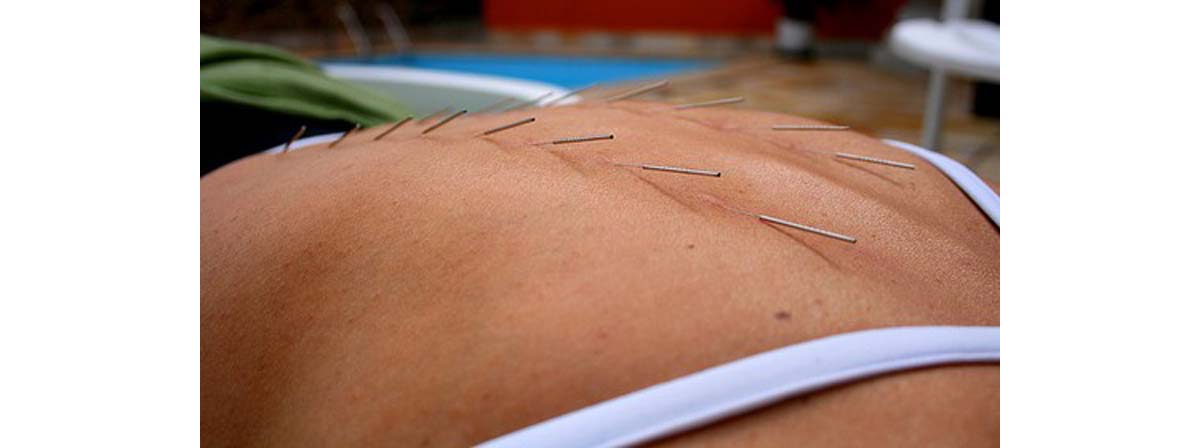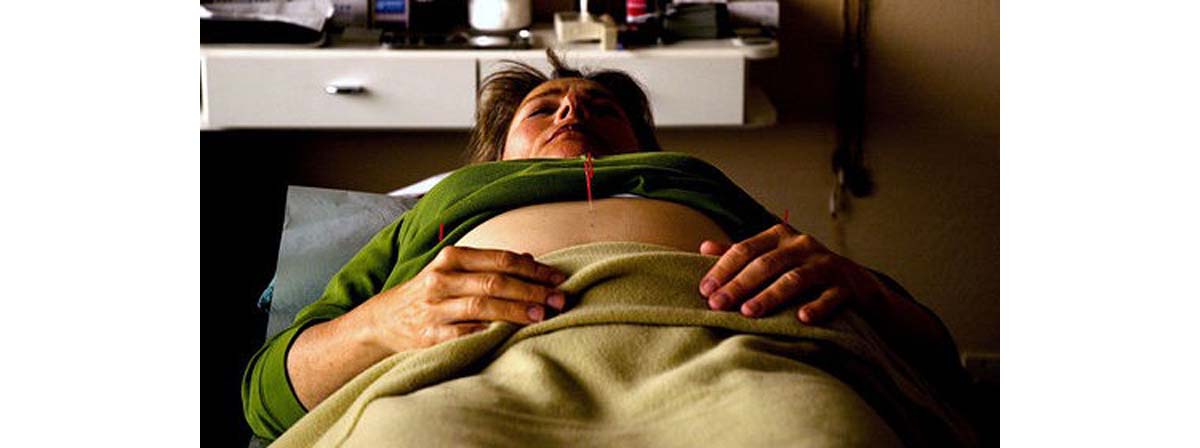Acupuncture has a long history. This well-known and broadly recognized method takes roots in thousands years old traditional Chinese medicine. Practitioners of acupuncture often claim that with the right approach the method can cure and address a very broad spectrum of illnesses and physical discomforts. At least some of these claims were indeed confirmed by modern science, but the uncertainty over acupuncture persists.

Medical and general philosophy behind the approach - traditional and scientific views
Uncertainty starts with the philosophy behind the method. The system upholds that the life force or energy, known as Qi, flows in the body through paths of energy. These paths are known as Meridians, and they may represent one vital organ or group of organs that work together for the body’s normal functioning.
The theory of Acupuncture believes that health and wellness results from proper and adequate flow of this energy whereas its disruption or imbalance leads to illness. Balance requires achieving equilibrium between the innate forces of nature, the Yin and the Yang. Once imbalance occurs, goals should be set to restore it through acupuncture. The method has acupuncturists insert thin needles at points along the Meridians. This is the spot where the path of energy is nearest to the skin surface.
The trouble is, modern science can’t see any evidences that would confirm the existence of Qi, Meridians, Yin or Yang. Various theories trying to interpret traditional views in modern scientific terms do not sound very convincing.
Empiric evidences in favor of acupuncture seem to be convincing, though.
The use of acupuncture for a certain range of medical conditions has formally been acknowledged by such important institutions as the World Health Organization, US-based National Institute of Health and National Center for Complementary and Alternative Medicine, as well as the UK’s National Health Service (NHS).
Many primary care physicians do not even have the solid understanding of the theory and practice that embody this healing alternative. Nonetheless, successful treatments do exist and include, for example, the pain on the neck, head, and back regions.
So what are the scientific evidences for and against the acupuncture?
Evidences that acupuncture works
By inserting thin needles on defined cutaneous points, acupuncture has been employed to ease tension-type headaches and reduce the frequency of its episodes.

Reviews have been conducted on 11 clinical trials made on this matter. Amongst them, 2 trials were conducted at a large scale by dividing the patients into 2 groups. One group received only the basic care, while the other had acupuncture sessions added.
Forty‐seven percent of patients who were given acupuncture sessions reported a 50% reduction of the number of days they suffer from headache compared to only 16% from the other group. Six trials even compared true acupuncture with fake acupuncture interventions where needle insertion were made to inappropriate points or had insufficient skin penetration. Results revealed that fifty percent of patients who were administered with true acupuncture experienced 50% fewer days with headache compared to only 41% from the other group.
Researchers arrived to the same favorable conclusion when acupuncture was done to relieve pain in patients with osteoarthritis affecting the knee.
The effect of acupuncture on the lower back pain has also been investigated. Lower back pain is one of the most common reasons for individuals to seek medical attention. During the last 10 years, researchers have witnessed the use of acupuncture to relieve low back pain, and its efficiency was reassessed in 33 randomized clinical trials.
Subjects had either acute or chronic low back pain. One group of participants received sham acupuncture while the other was administered true acupuncture. At the end of the study, pain relief was felt by both groups. However, the result remained inconclusive for those with acute lower back pain because data were not statistically significant (only a small number of participants were recruited). On the other contrary, findings provided positive feedback to the practice of acupuncture in treating chronic lower back pain. While the study offered positive results, evidence cannot be substantiated to establish the claim than acupuncture is more effective than other active treatments commonly sought by patients.
Evidences that acupuncture does not work
While certain studies affirm its effectiveness, one large systematic review of 13 clinical trials concluded otherwise. These clinical trials assessed the effect of both sham and true acupuncture. Findings of these studies revealed a negligible pain relief in both cases. Moreover, the claim lacked clinical evidence. It cannot be determined whether the pain relief was brought about by the procedure itself or by the pleasant psychological effect the procedure offered.
The acupuncture’s effect on the treatment of other conditions like shoulder pain has also been reviewed. Nine studies that dealt with shoulder pain caused by inflammation of shoulder joint as well as the muscles that surround them have been investigated. The studies involved more than 500 individuals who suffered shoulder pain.
At the end of the study, although acupuncture offered short term pain relief that may last 14-30 days, the evidence presented remain insufficient to support or refute the efficacy of acupuncture to treat shoulder pain. The results needed to be further investigated and the studies conducted at a larger scale.
So does the acupuncture really work?
Uncertain conclusions produced by even the most carefully designed scientific studies leave anyone who attempts to answer this question unsure. Some studies provide very strong support to acupuncture, but unfortunately it is very hard to exclude the influence of placebo effect when the subject like acupuncture is investigated. It is well known that pain is often affected by placebo effect: if we think that a therapeutic intervention should work, it tends to produce at least some pain relief.
From a purely pragmatic perspective, one can say that it doesn't really matter what is behind the acupuncture-associated pain relief as soon as it can be achieved. Some conditions do have better chances of being treated by acupuncture successfully. If a clear improvement can achieved, it is probably not so important whether this is a result of some specific therapeutic mechanism or just a work of our imagination.
- Madsen MV, Gøtzsche PC, Hróbjartsson A. (2009) Acupuncture treatment for pain: systematic review of randomised clinical trials with acupuncture, placebo acupuncture, and no acupuncture groups. BMJ 338, a3115
- Johnson, M. I. (2006) The clinical effectiveness of acupuncture for pain relief--you can be certain of uncertainty. Acupuncture in Medicine: Journal of the British Medical Acupuncture Society 24 (2): 71–79
- Berman BM, Lao L, Langenberg P et al. (2004) Effectiveness of acupuncture as adjunctive therapy in osteoarthritis of the knee: a randomized, controlled trial. Ann Intern Med. 141(12): 901-910
- Manheimer E, White A, Berman B et al. (2005) Meta-analysis: acupuncture for low back pain. Ann Intern Med. 142(8): 651-663.
- Photo courtesy of ~ggvic~ by Flickr : www.flickr.com/photos/ggvic/2864311951/
- Photo courtesy of kurt by Flickr : www.flickr.com/photos/truk/17264774/
- www.ncbi.nlm.nih.gov/pubmed/19174438?ordinalpos=5&itool=EntrezSystem2.PEntrez.Pubmed.Pubmed_ResultsPanel.Pubmed_DefaultReportPanel.Pubmed_RVDocSum
- www.ncbi.nlm.nih.gov/pubmed/16783282
- www.ncbi.nlm.nih.gov/pubmed/15611487?ordinalpos=&itool=EntrezSystem2.PEntrez.Pubmed.Pubmed_ResultsPanel.SmartSearch&log$=citationsensor
- www.ncbi.nlm.nih.gov/pubmed?orig_db=PubMed&cmd=Search&term=142%5Bvolume%5D+AND+8%5Bissue%5D+AND+651%5Bpage%5D+AND+2005%5Bpdat%5D

